Congratulation to FHSS PhD student Sulochana Dhakal Rai who just published her latest article in the Journal of Asian Midwives. The paper ‘Caesarean Section rates in South Asian cities: Can midwifery help stem the rise?‘ [1] is highly topical in this Year of the Nurse and Midwife (see Bournemouth University’s earlier event on YouTube).
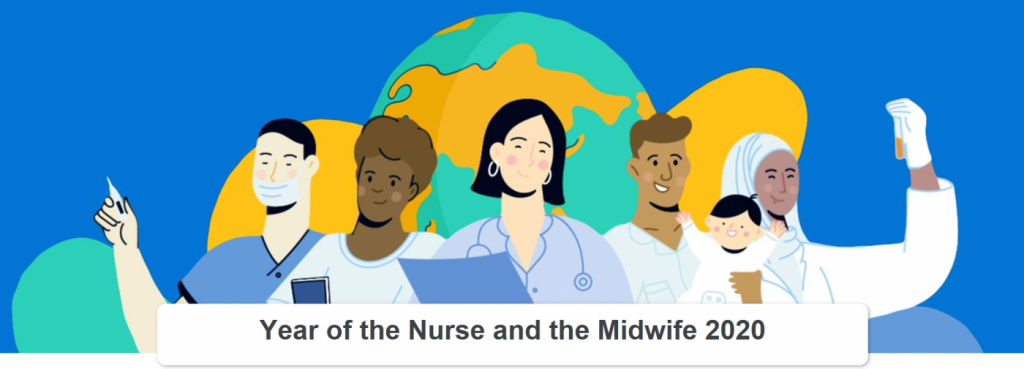 Caesarean section (CS) is a life-saving surgical intervention for delivering a baby when complications arise in childbirth. The World Health Organization (WHO) suggests a rate of CS from 10% to 15%. However, CS rates increased steadily in recent decades and have almost doubled from 12.1% in 2000 to 21.1% in 2015. Therefore, this has become a global public health problem. This scoping review gives an analysis of the rising CS use in four South Asian countries: Bangladesh, India, Nepal and Pakistan. The authors conclude that the increasing CS rates in South Asian cities, particularly in specific groups of women, present a challenge to hospital staff and managers and policy-makers. The challenge is to avoid ‘Too Much Too Soon’ in otherwise healthy urban women and avoid ‘Too Little Too Late’ in women living in remote and rural area and in poor urban women.
Caesarean section (CS) is a life-saving surgical intervention for delivering a baby when complications arise in childbirth. The World Health Organization (WHO) suggests a rate of CS from 10% to 15%. However, CS rates increased steadily in recent decades and have almost doubled from 12.1% in 2000 to 21.1% in 2015. Therefore, this has become a global public health problem. This scoping review gives an analysis of the rising CS use in four South Asian countries: Bangladesh, India, Nepal and Pakistan. The authors conclude that the increasing CS rates in South Asian cities, particularly in specific groups of women, present a challenge to hospital staff and managers and policy-makers. The challenge is to avoid ‘Too Much Too Soon’ in otherwise healthy urban women and avoid ‘Too Little Too Late’ in women living in remote and rural area and in poor urban women.
This paper is co-authored by Dr. Juliet Wood and Prof. Edwin van Teijlingen in the Centre for Midwifery, Maternal & Perinatal Health (CMMPH), Dr. Pramod Regmi Lecturer in International Health in the Department of Nursing Science, Dr. Amudha Poobalan at the University of Aberdeen, Dr. Malin Bogren at the University of Gothenburg in Sweden, Prof. Rafat Jan at the Aga Khan University in Pakistan and Dr. Ganesh Dangal at Kathmandu Model Hospital in Nepal and Dr.Keshar Bahadur Dhakal based at Karnali Academy of Health Science also in Nepal. This is Sulochana’s second PhD paper, her first paper was published last year [2].
References
-
- Dhakal Rai, S, Poobalan, A, Jan, R, Bogren, M, Wood, J, Dangal, G, Regmi, P, van Teijlingen, E, Dhakal, K B. (2019) Caesarean Section rates in South Asian cities: Can midwifery help stem the rise? Journal of Asian Midwives, 6(2):4–22.
- Dhakal Rai, S., Regmi, P.R., van Teijlingen, E., Wood, J., Dangal, G. and Dhakal, K.B., 2019. Rising Rates of Caesarean Section in Urban Nepal. Journal of Nepal Health Research Council, 16(41): 479-480
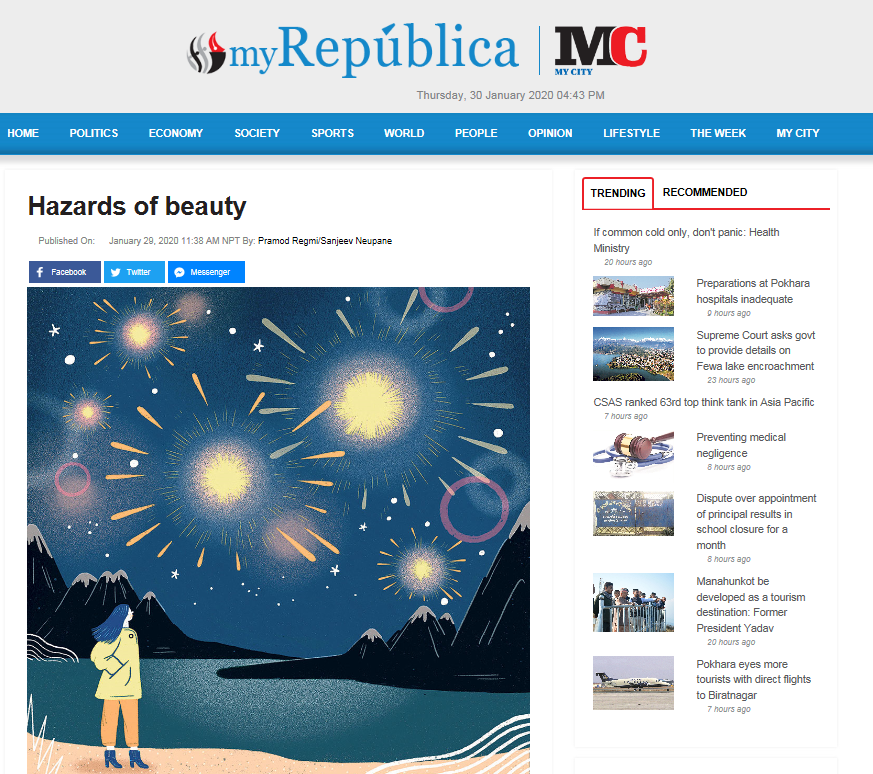

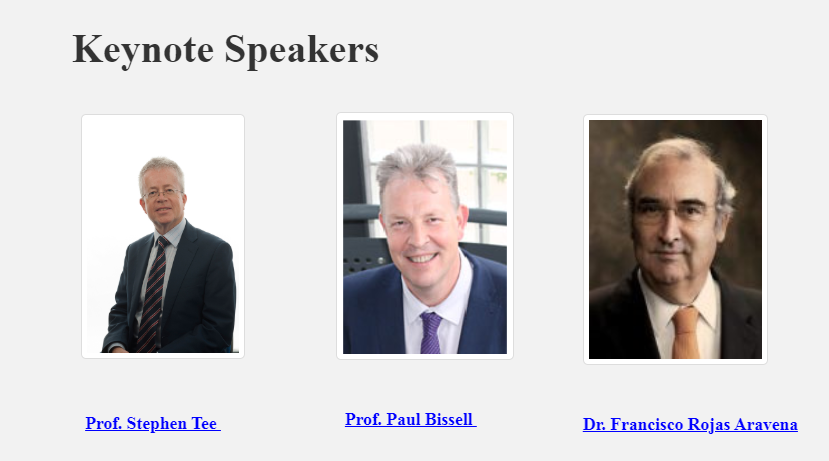
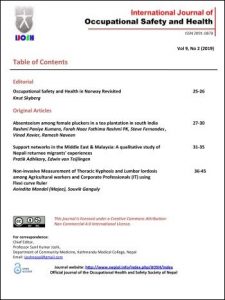
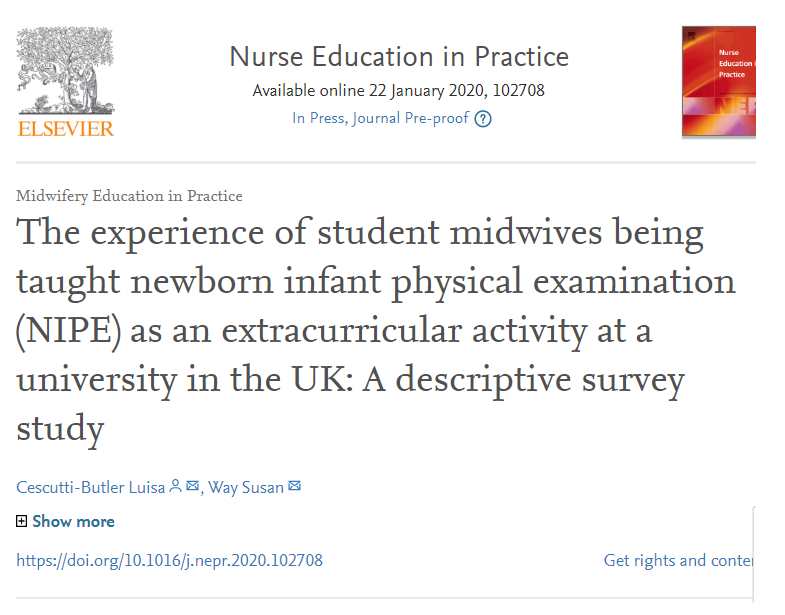
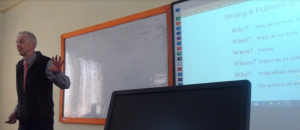

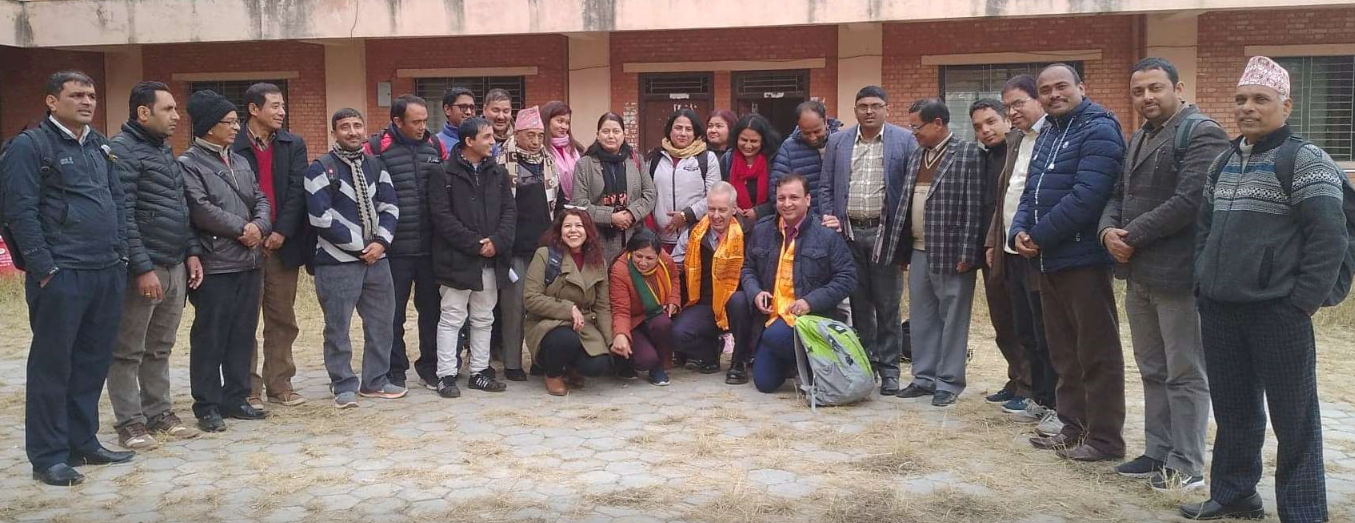



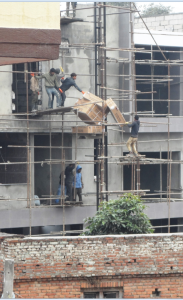
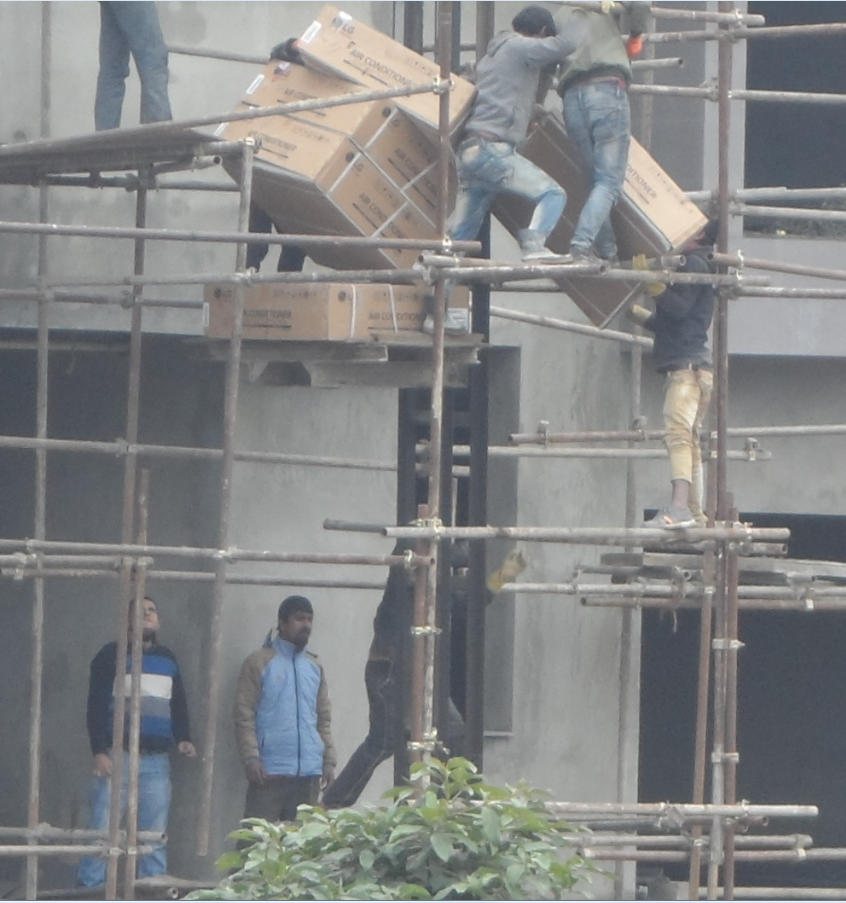
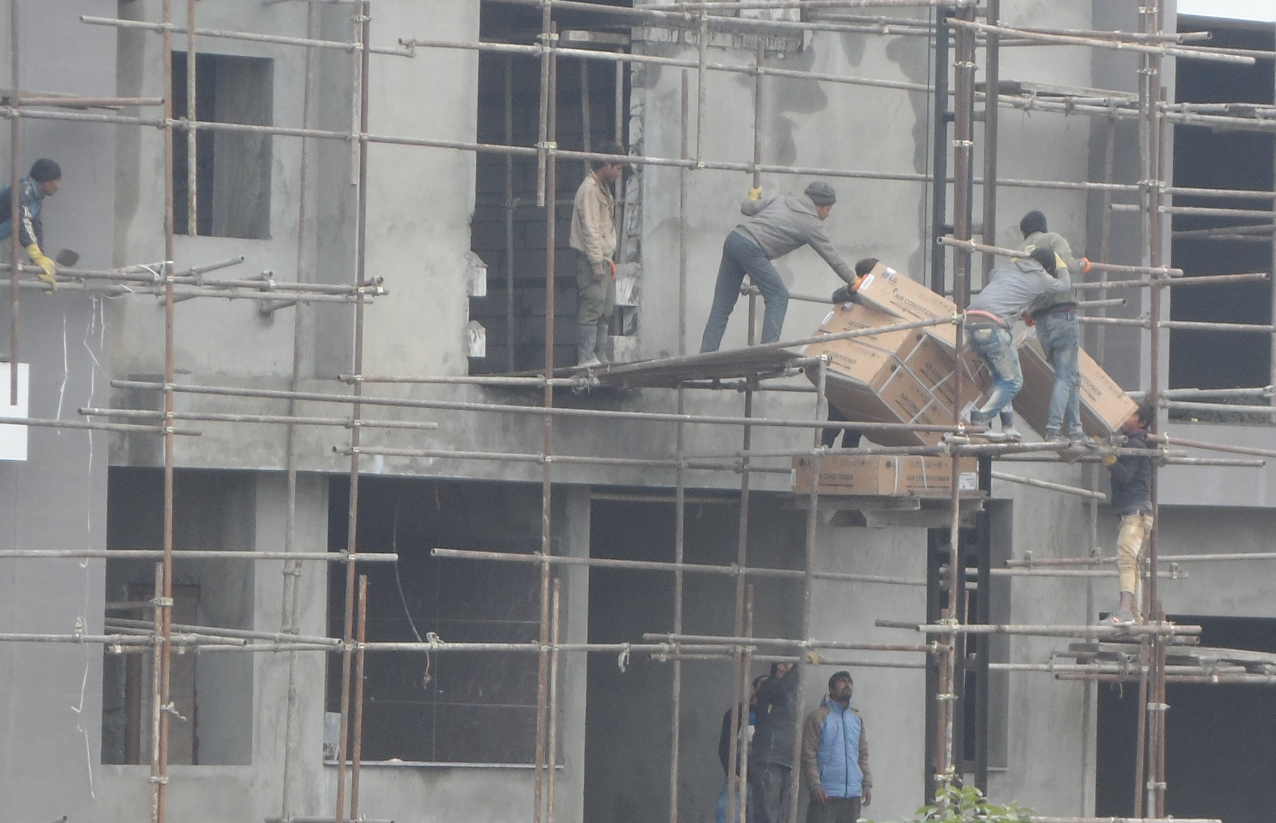
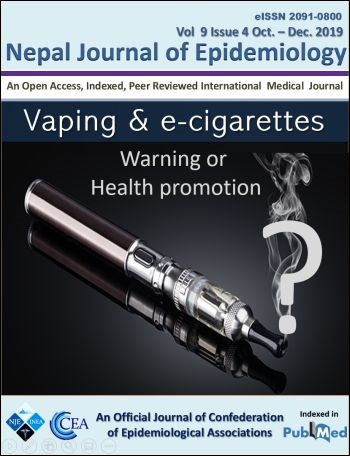
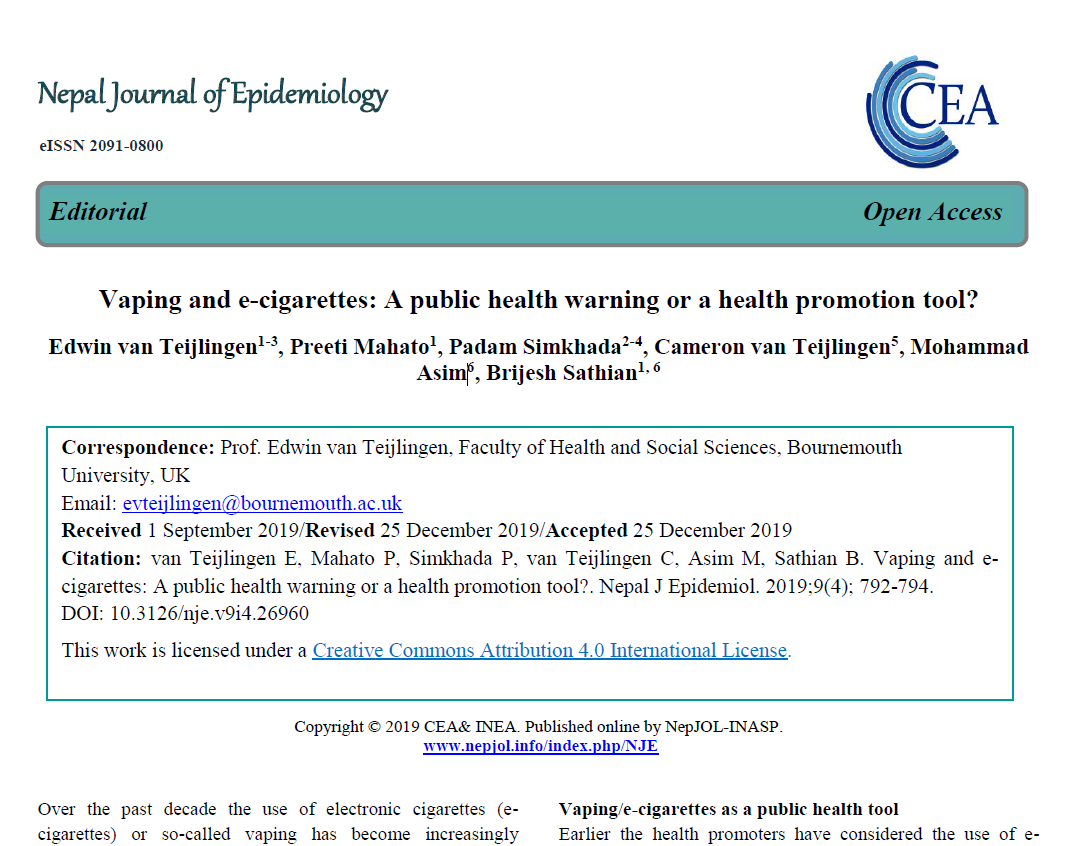

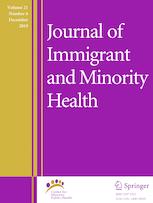
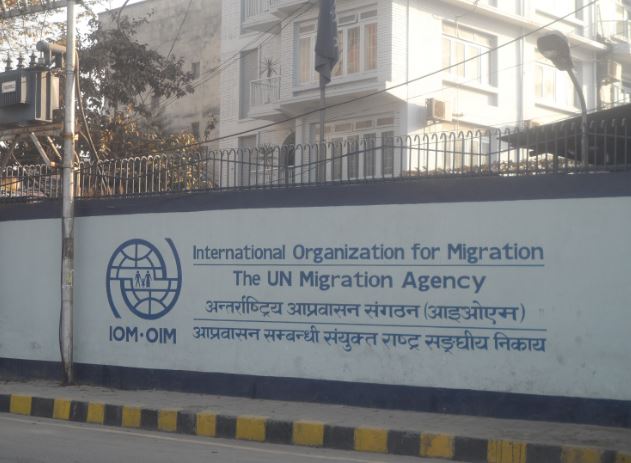
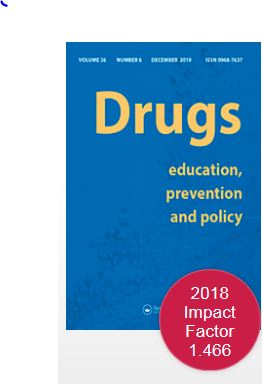
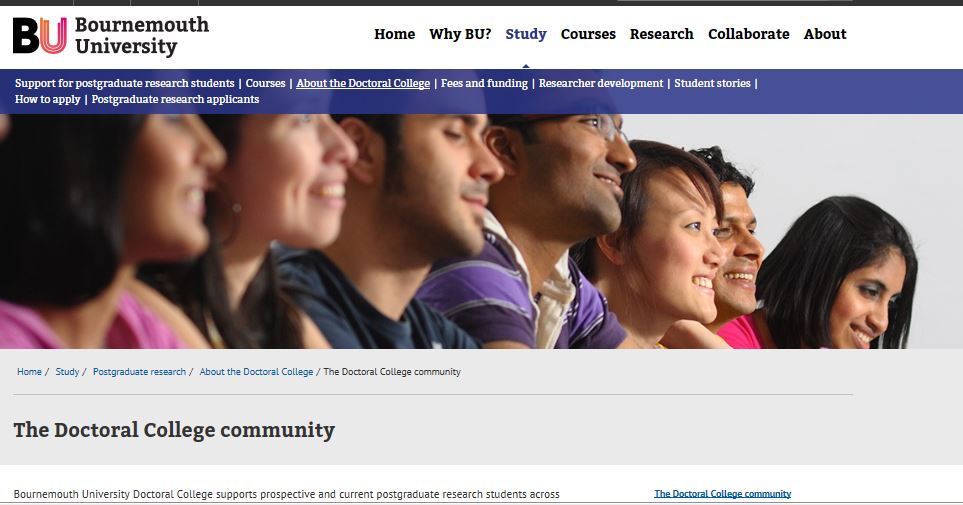
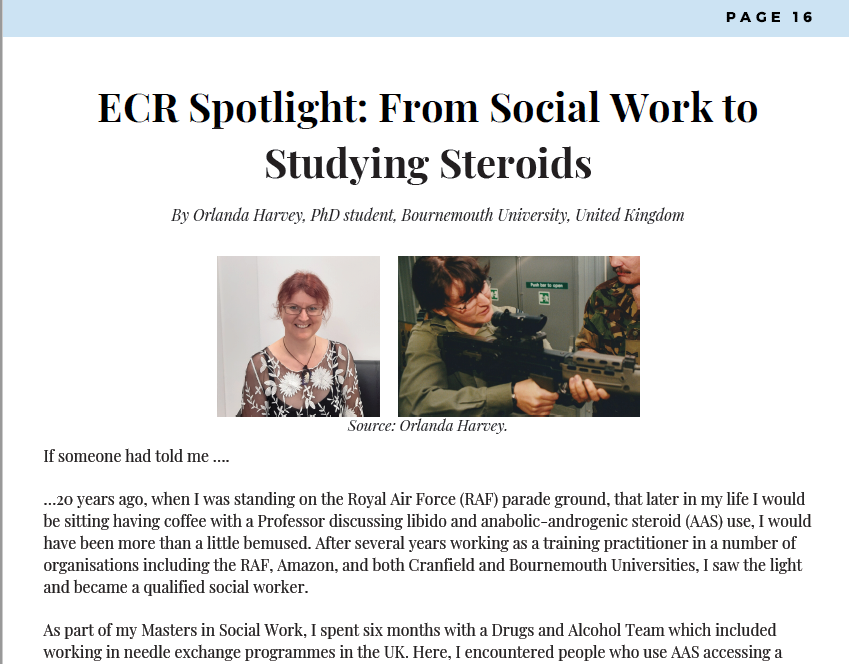
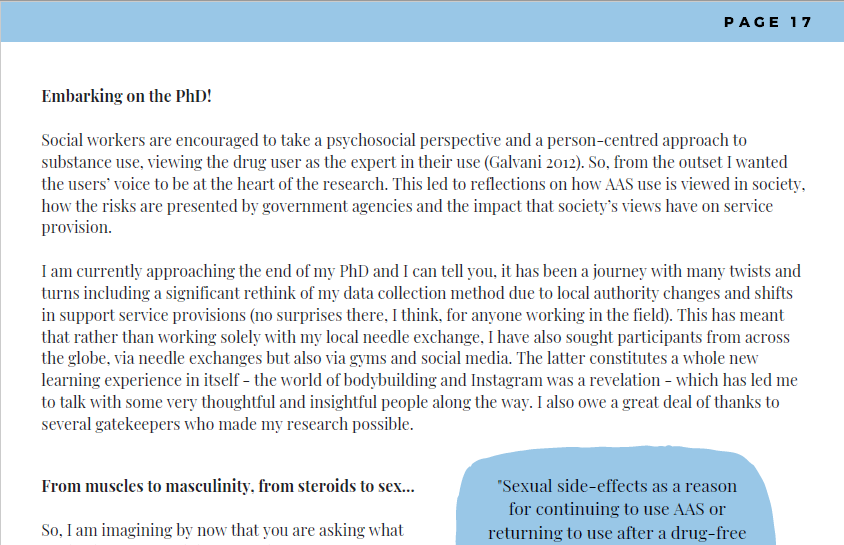
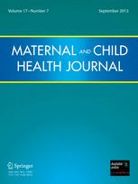
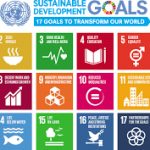
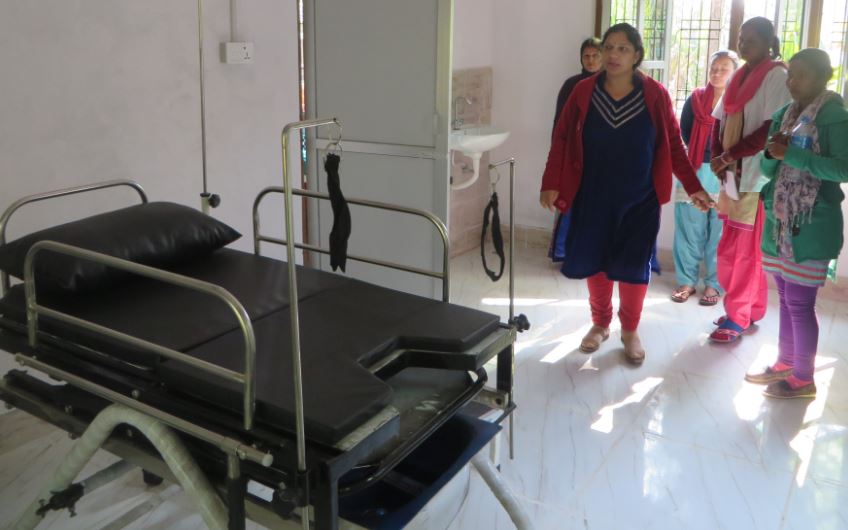
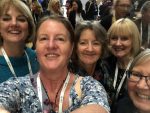 EMA held its 6th triennial education conference in Malmo, Sweden from the 28-29 November 2019. Dr. Luisa Cescutti-Butler and Professor Sue Way had three abstracts accepted, two of which highlighted units of learning in our midwifery undergraduate programme (Evaluating the student experience of introducing newborn infant physical theory into a pre-registration midwifery programme in the UK and An evaluation of the student experience of peer facilitated learning) and a further one which was focused on a national collaborative project on grading practice (Developing a set of key principles to achieve consistency in assessing pre-registration midwifery competency in practice in the UK). The opening keynote speaker at the EMA Conference was Fran McConville – Midwifery Expert at WHO. Fran presented on ‘Strengthening Quality Midwifery Education for Universal Health Coverage 2030’. Our takeaway message from her presentation was the following important statement: “When midwives are educated to international standards, and midwifery includes the provision of family planning……more than 80% of all maternal deaths, stillbirths and neonatal deaths could be averted”.
EMA held its 6th triennial education conference in Malmo, Sweden from the 28-29 November 2019. Dr. Luisa Cescutti-Butler and Professor Sue Way had three abstracts accepted, two of which highlighted units of learning in our midwifery undergraduate programme (Evaluating the student experience of introducing newborn infant physical theory into a pre-registration midwifery programme in the UK and An evaluation of the student experience of peer facilitated learning) and a further one which was focused on a national collaborative project on grading practice (Developing a set of key principles to achieve consistency in assessing pre-registration midwifery competency in practice in the UK). The opening keynote speaker at the EMA Conference was Fran McConville – Midwifery Expert at WHO. Fran presented on ‘Strengthening Quality Midwifery Education for Universal Health Coverage 2030’. Our takeaway message from her presentation was the following important statement: “When midwives are educated to international standards, and midwifery includes the provision of family planning……more than 80% of all maternal deaths, stillbirths and neonatal deaths could be averted”.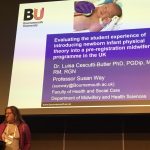
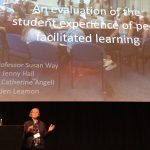



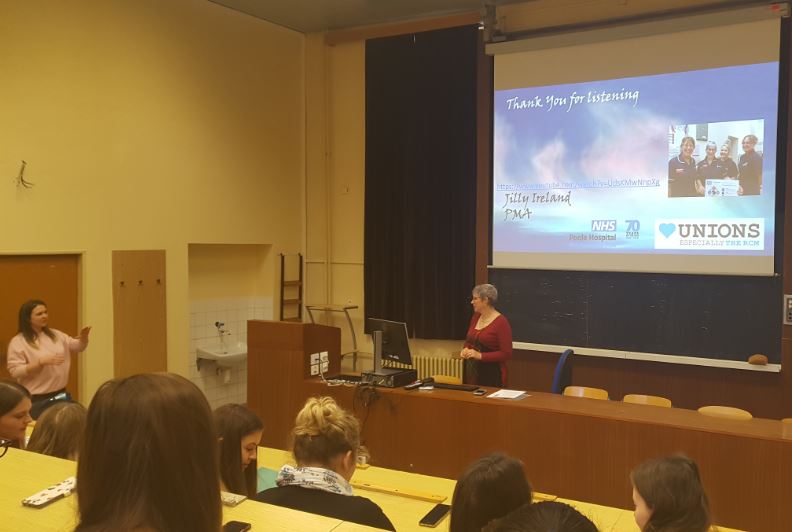











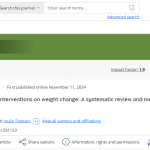 New weight change BU paper
New weight change BU paper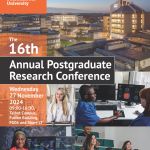 One week to go! | The 16th Annual Postgraduate Research Conference
One week to go! | The 16th Annual Postgraduate Research Conference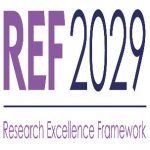 Geography and Environmental Studies academics – would you like to get more involved in preparing our next REF submission?
Geography and Environmental Studies academics – would you like to get more involved in preparing our next REF submission?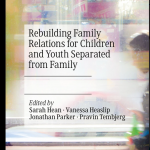 Congratulations to three former BU staff
Congratulations to three former BU staff MSCA Staff Exchanges 2024 Call – internal deadline
MSCA Staff Exchanges 2024 Call – internal deadline Applications are now open for 2025 ESRC Postdoctoral Fellowships!
Applications are now open for 2025 ESRC Postdoctoral Fellowships! Horizon Europe – ERC CoG and MSCA SE webinars
Horizon Europe – ERC CoG and MSCA SE webinars MaGMap: Mass Grave Mapping
MaGMap: Mass Grave Mapping ERC grants – series of webinars
ERC grants – series of webinars